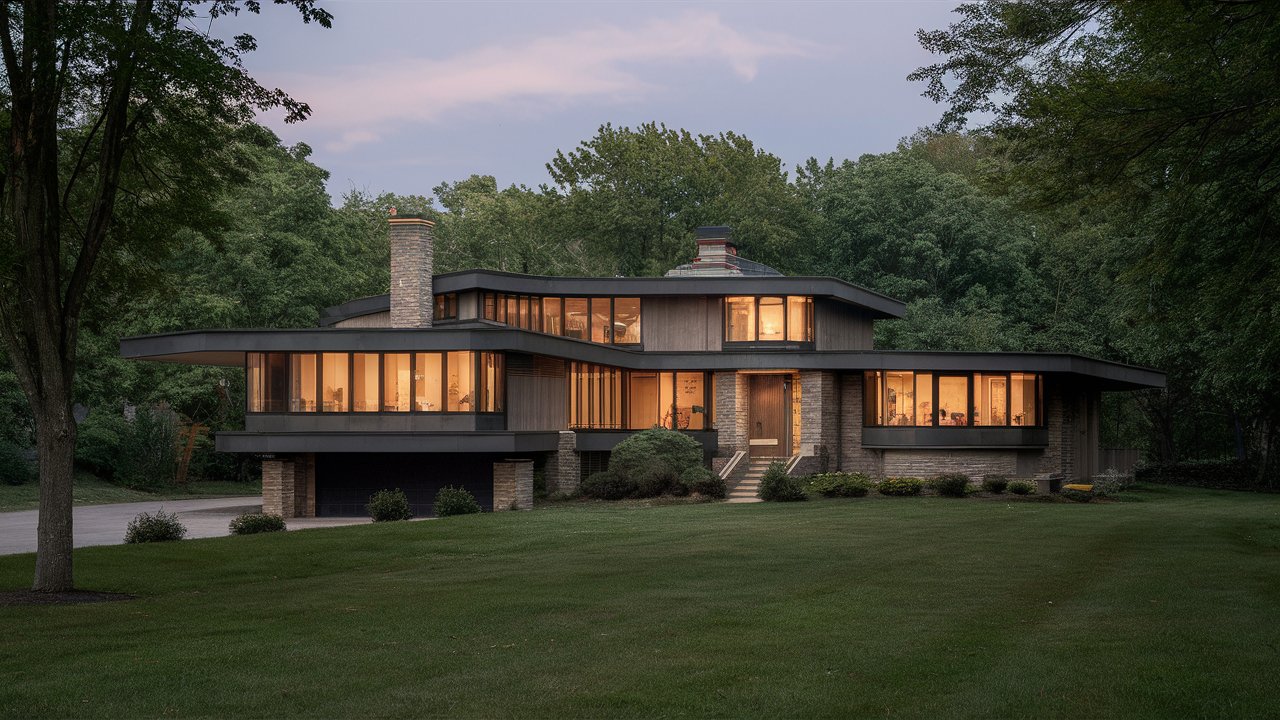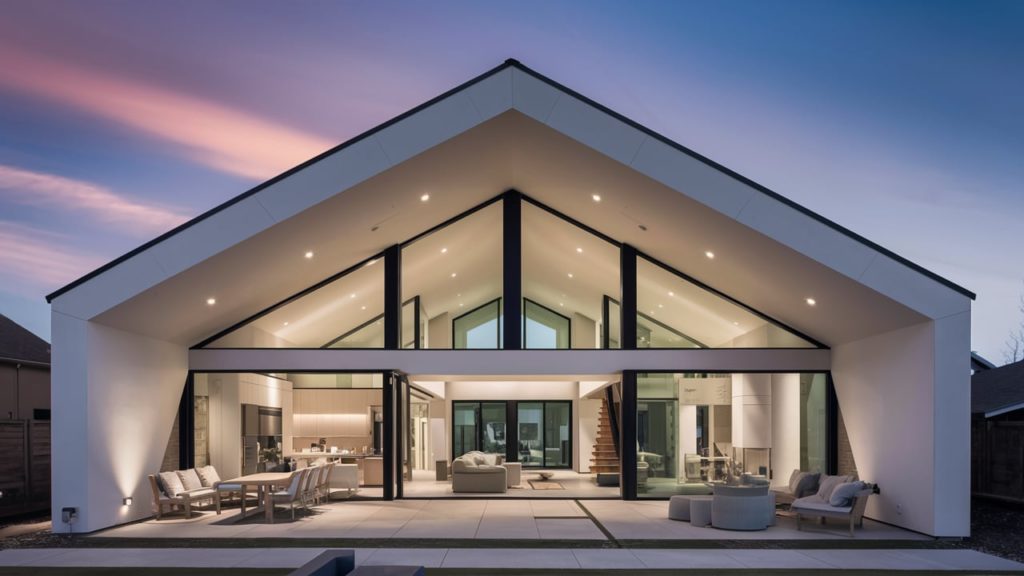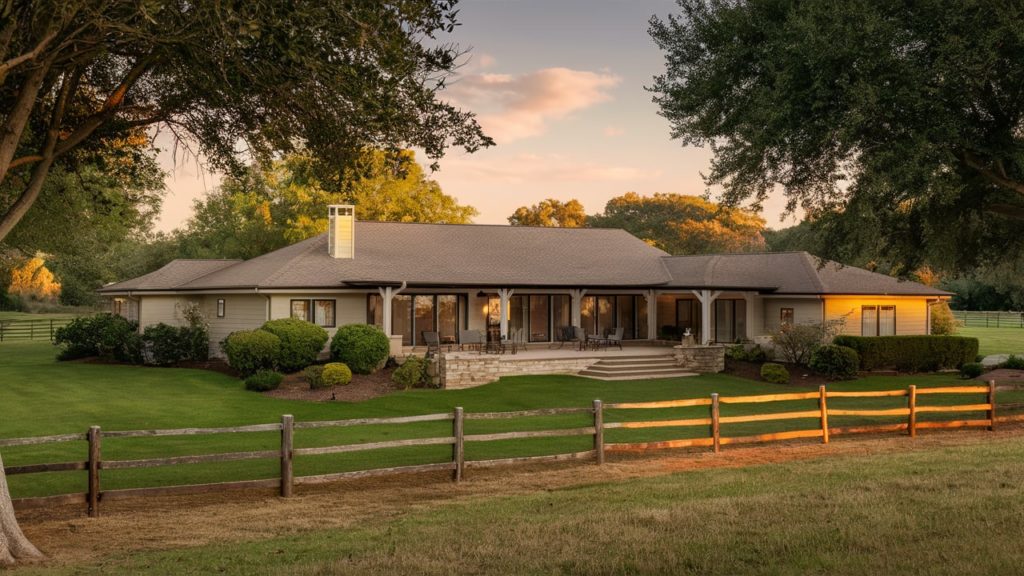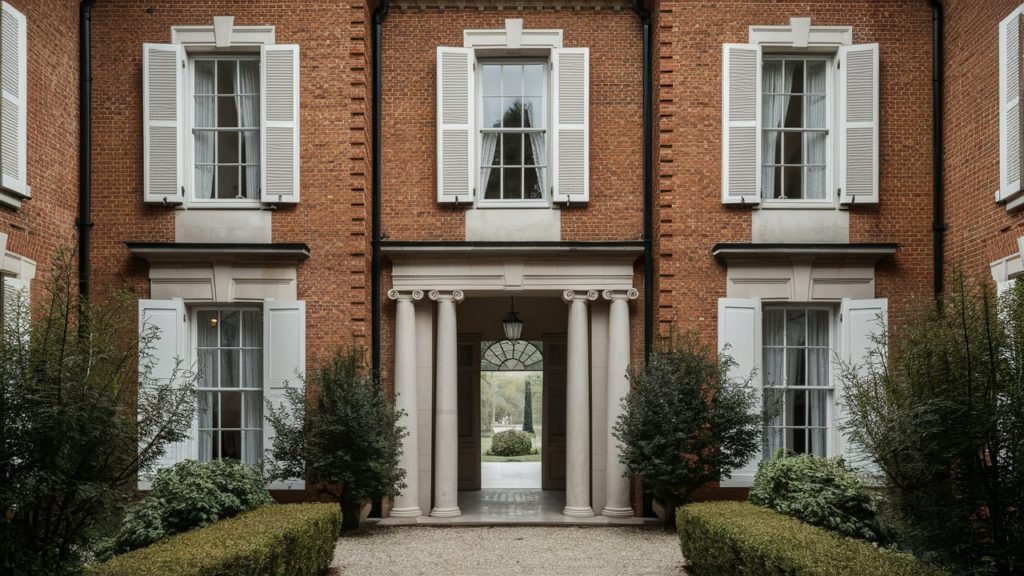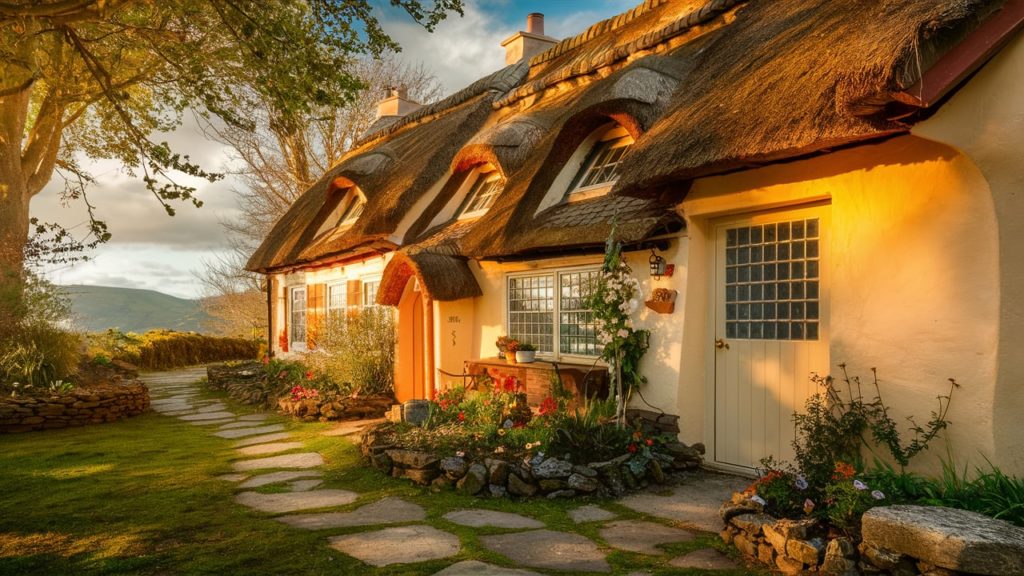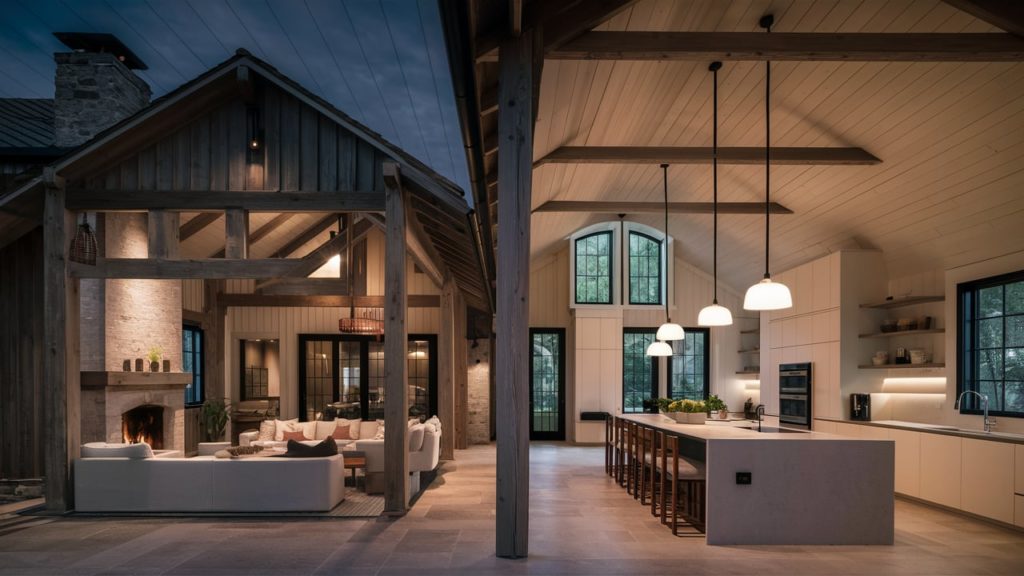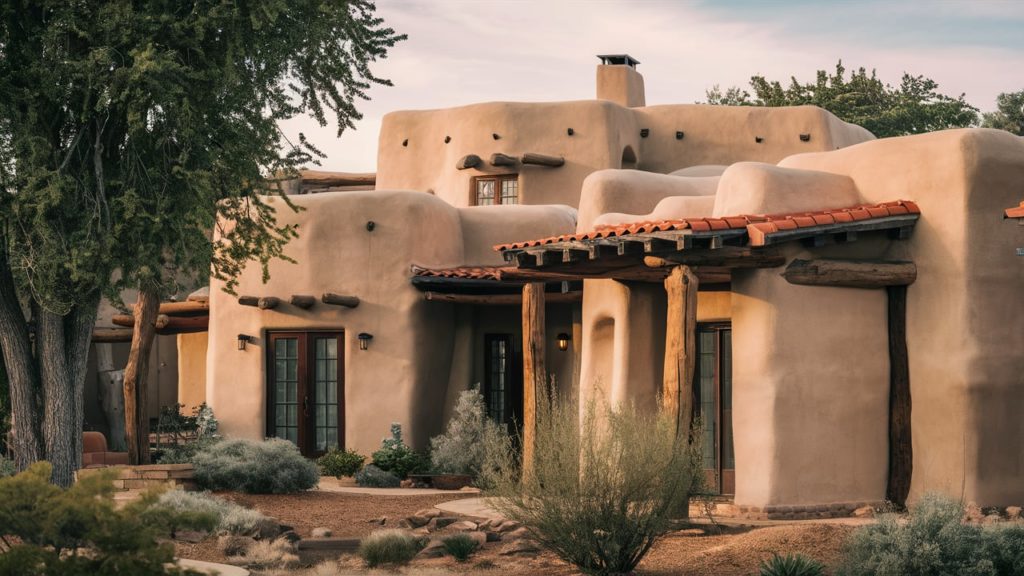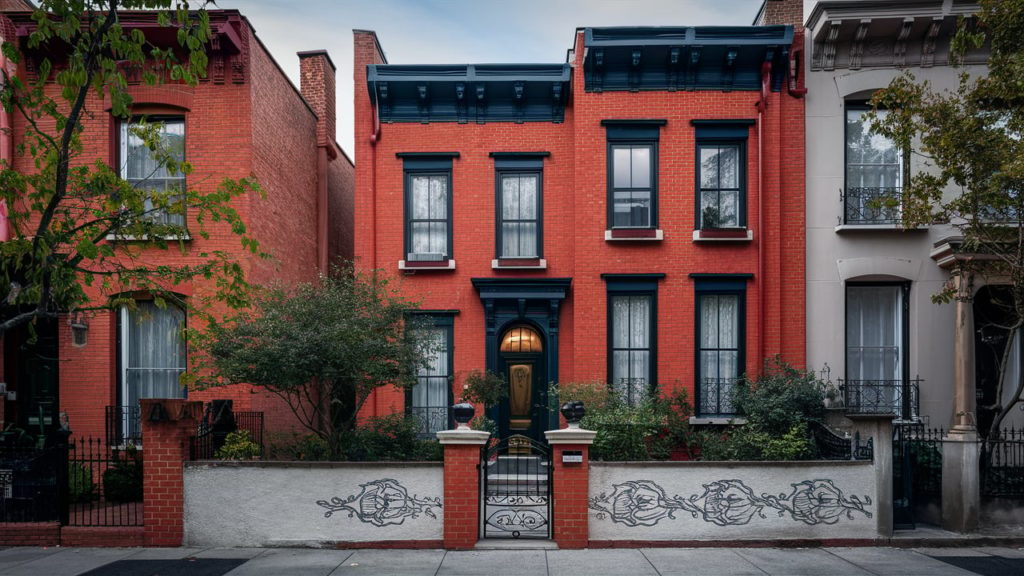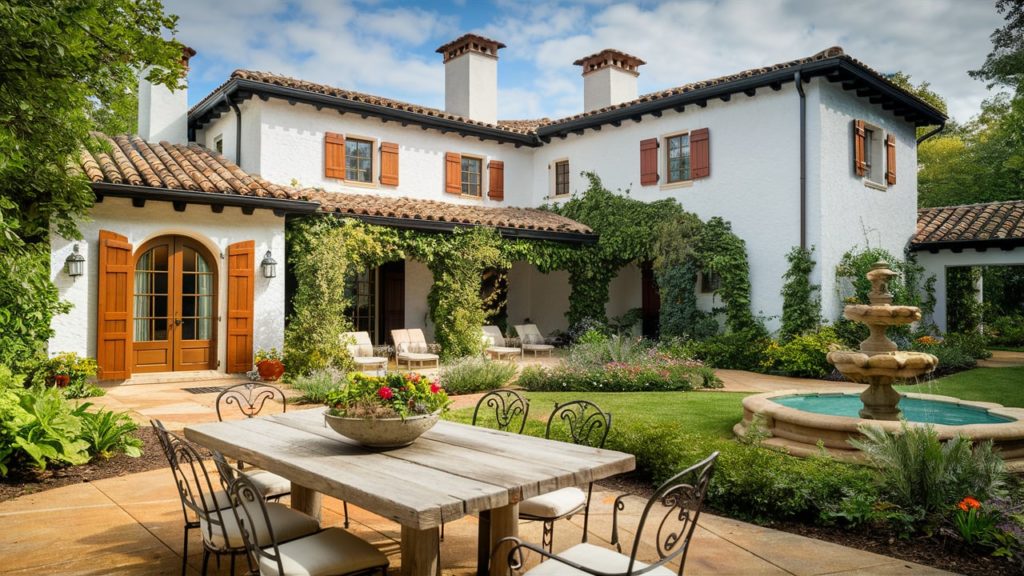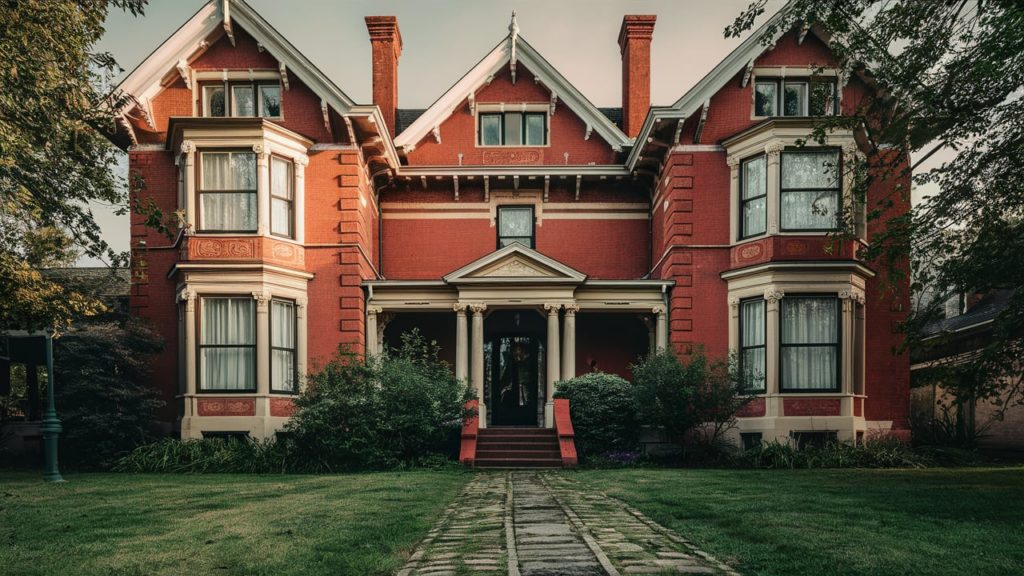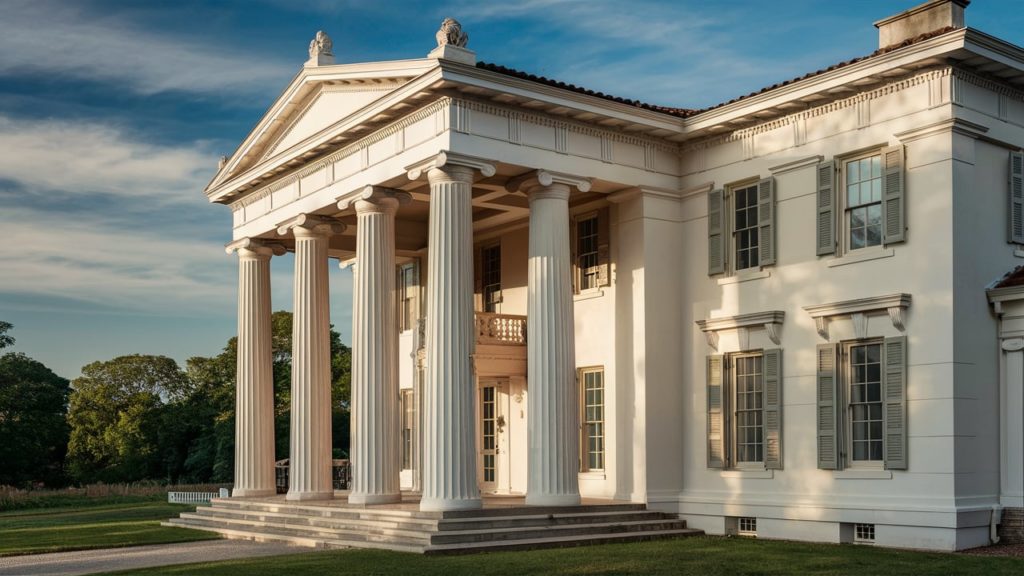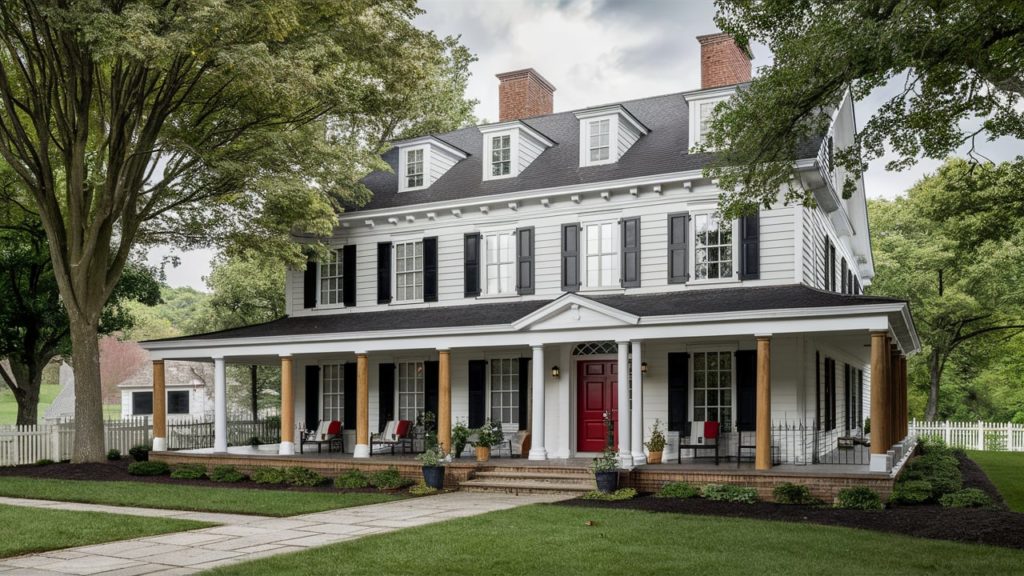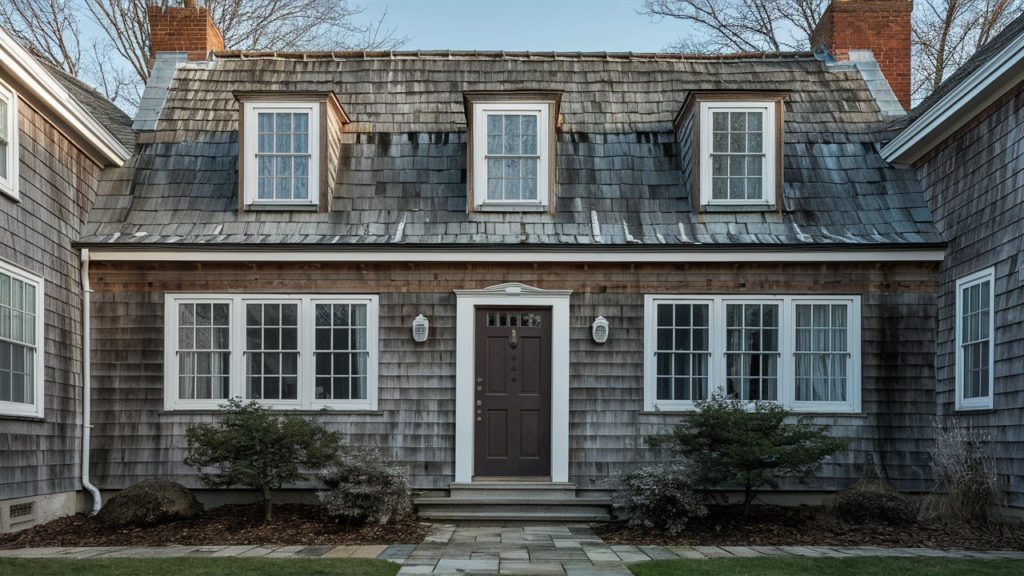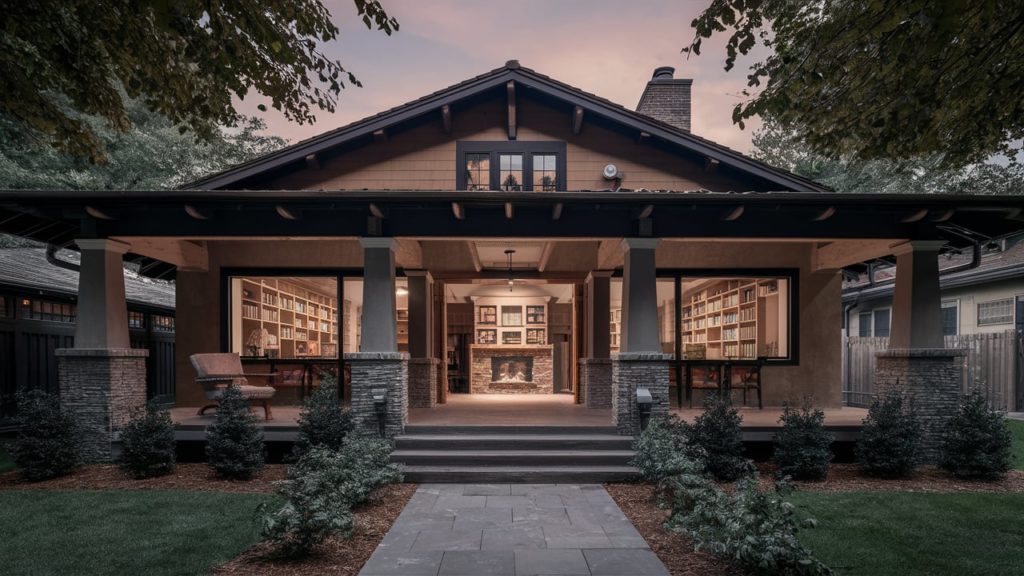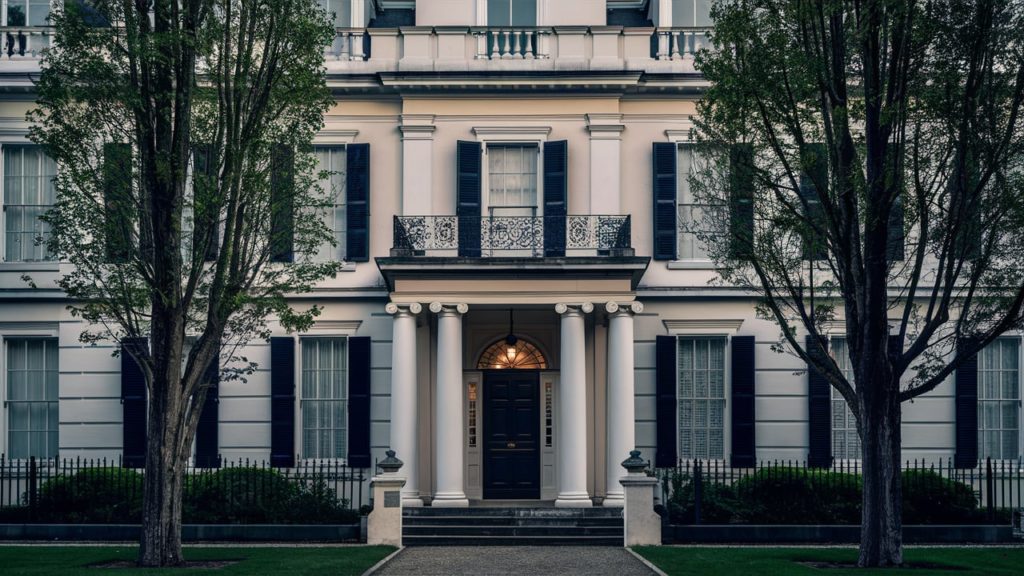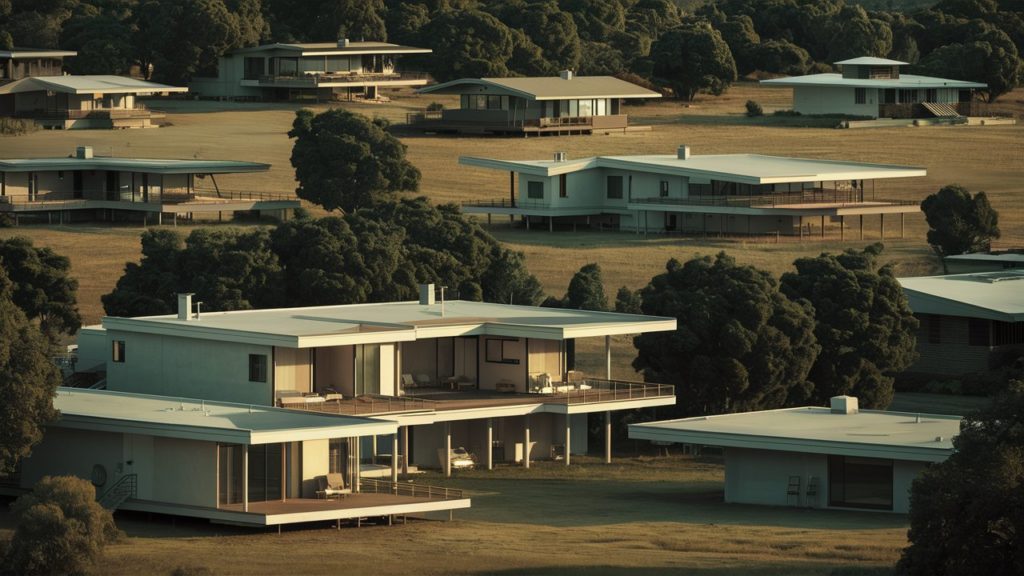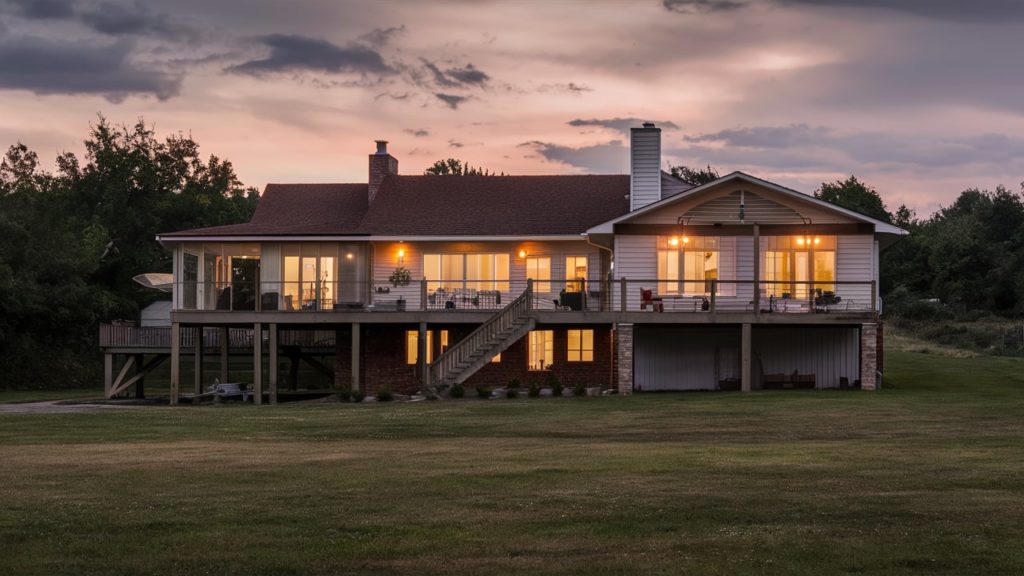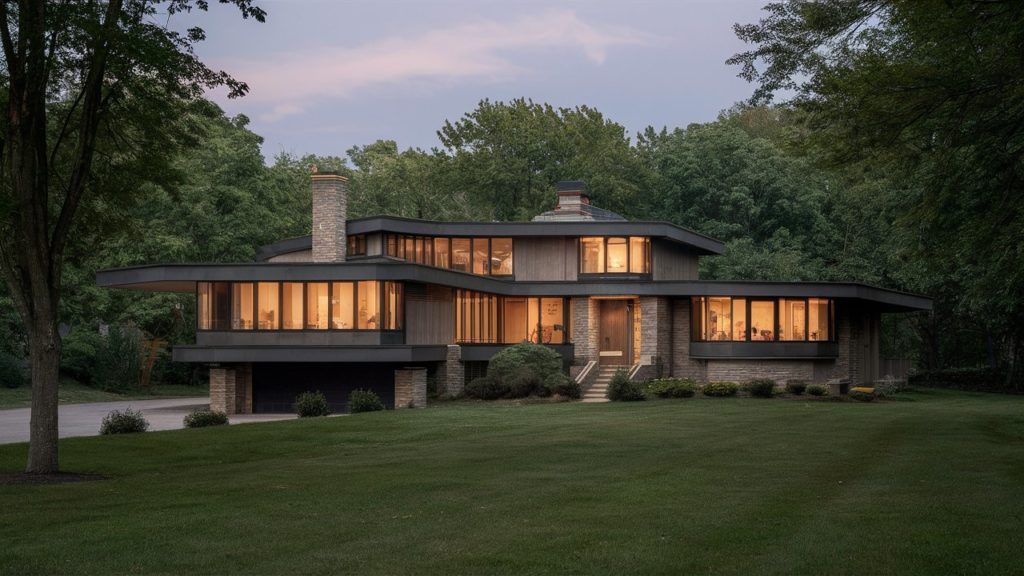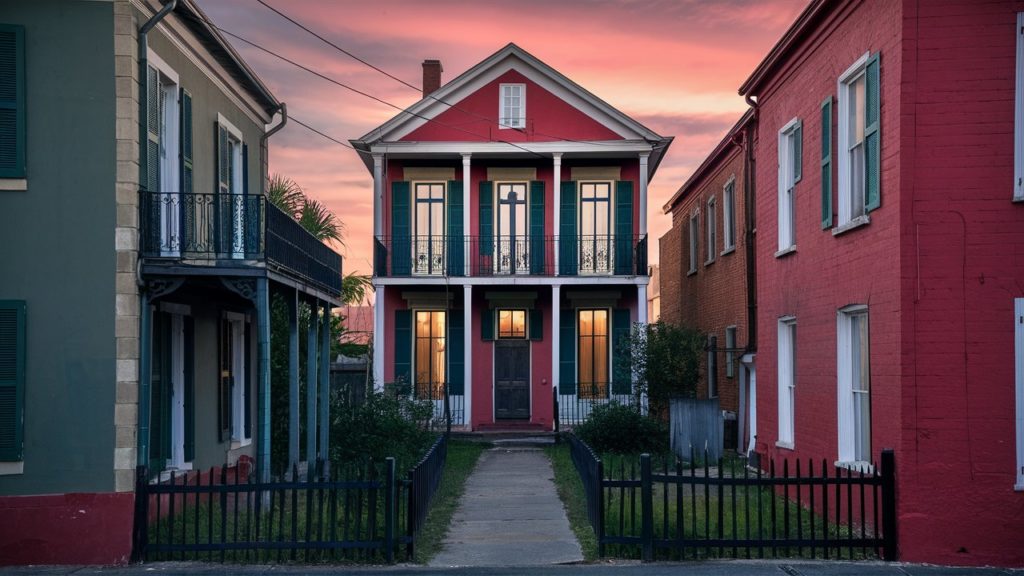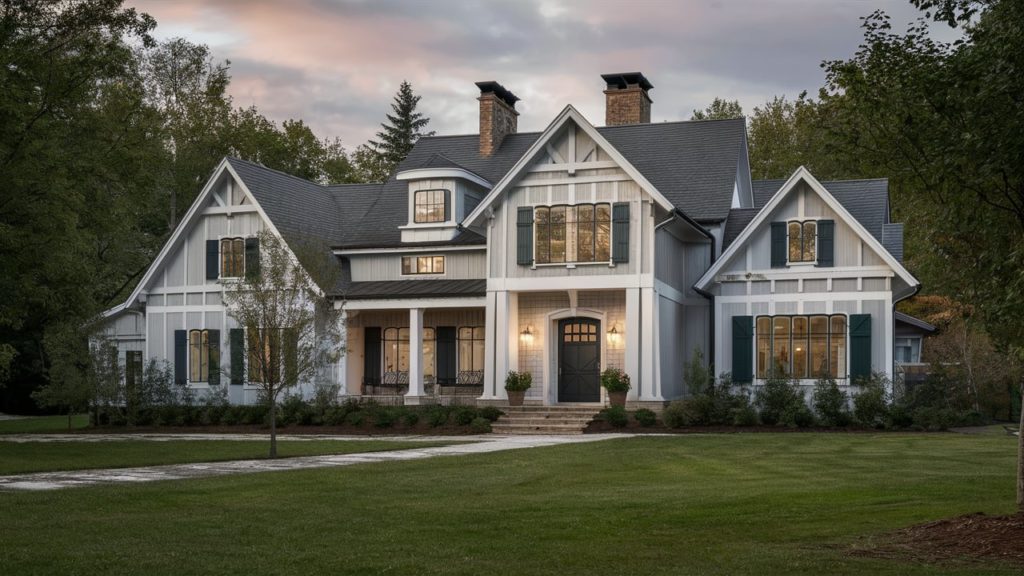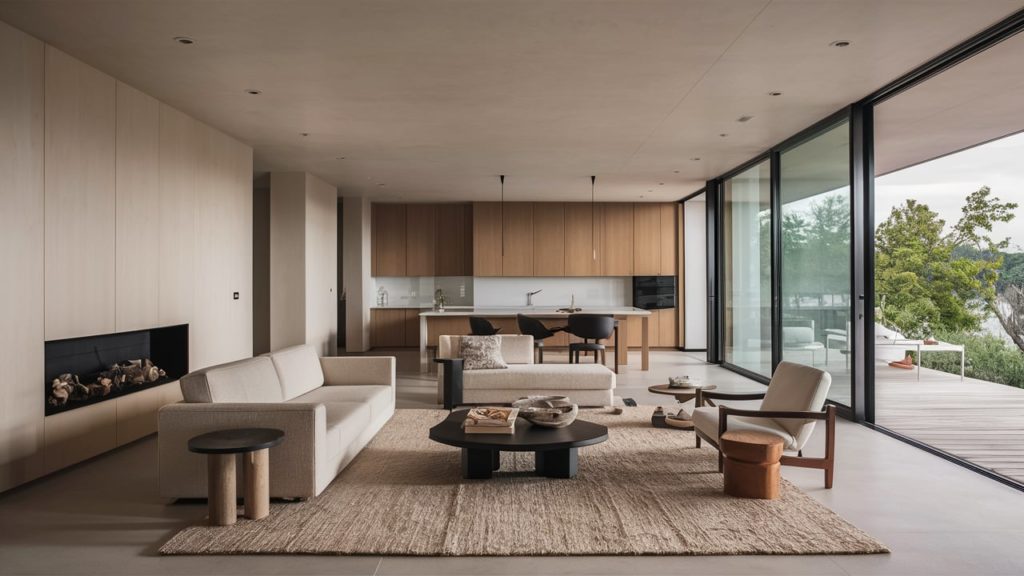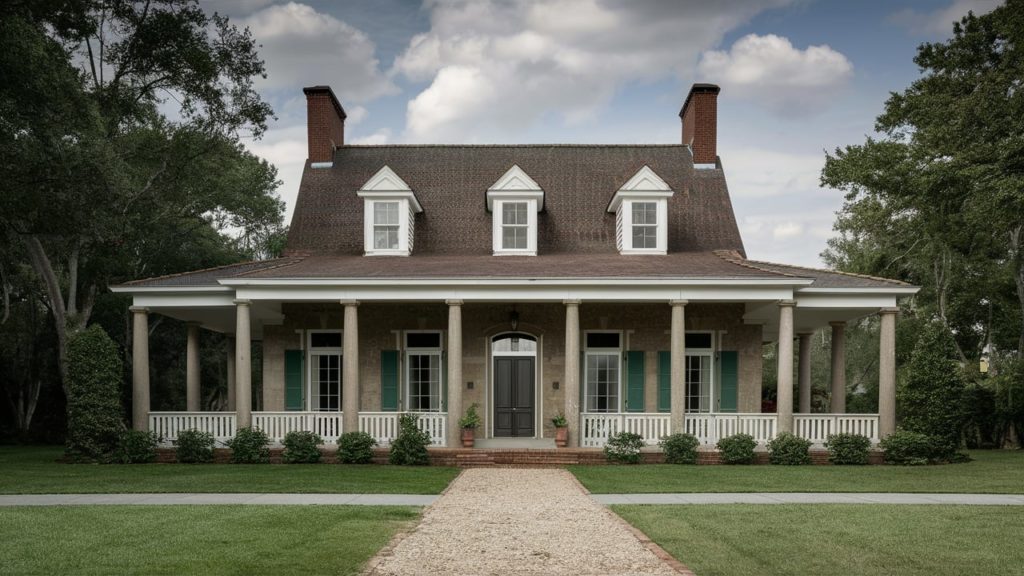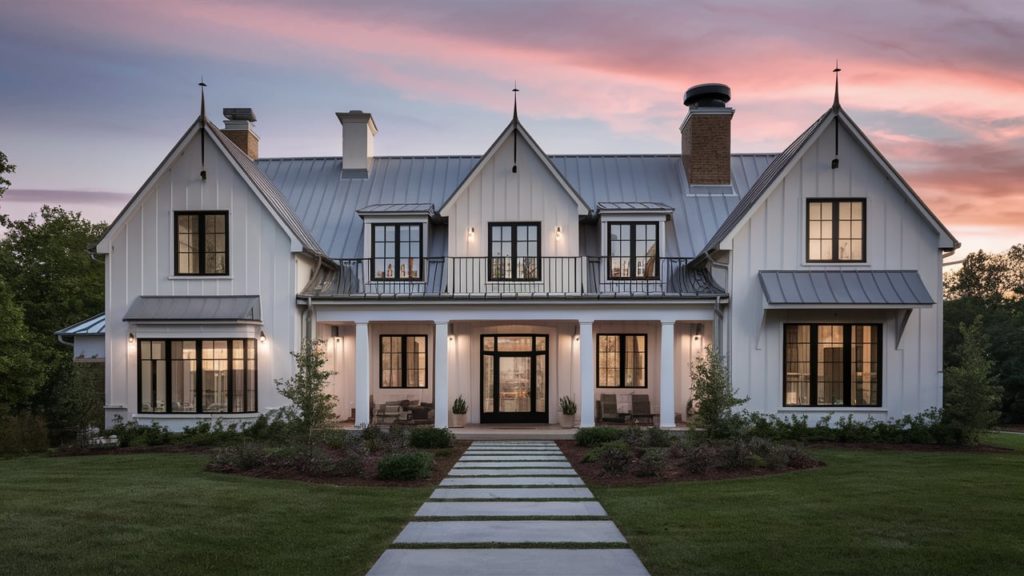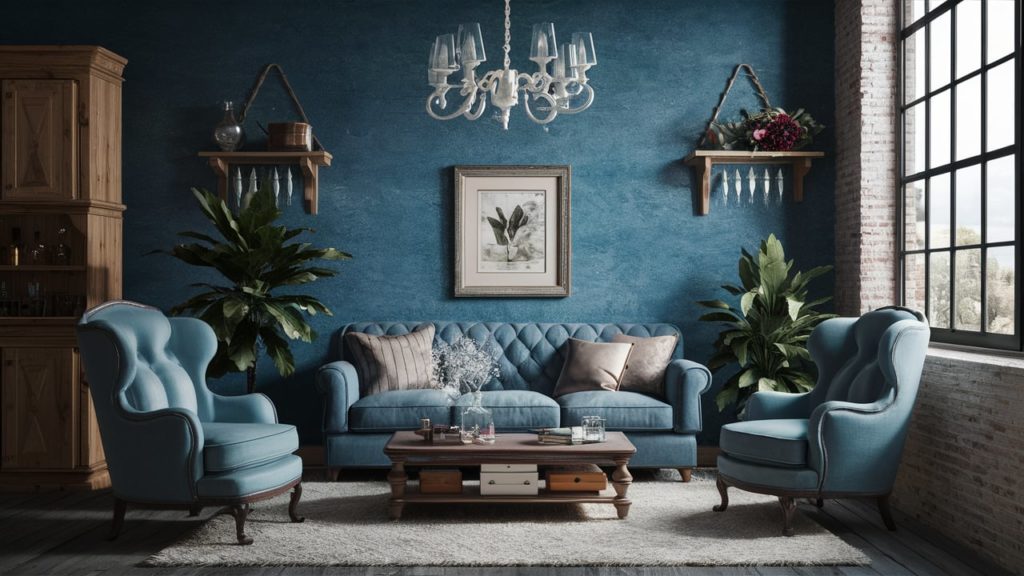Table of Contents
You’ve certainly noticed many types of house styles and their structures, whether you’re shopping for your first home or new investment property. Understanding this term will help you select the home you want, anticipate common difficulties during your home inspection, and learn about the advantages of different home types. Utilizing home design software can also assist in visualizing and planning your ideal home.
It’s crucial to remember that a home is classified based on two key factors, one is its structure and another is its style. The style of home refers to the architectural characteristics and design, such as Mediterranean-style homes, Victorian homes, Craftsman or contemporary, and the structure refers to the type of building, such as a single-family home or an apartment.
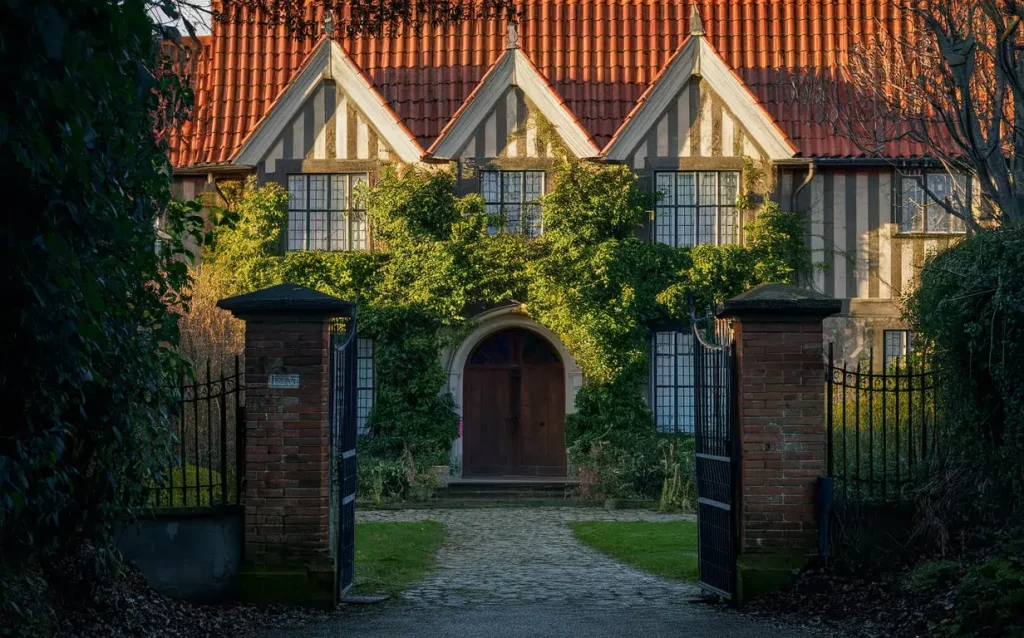
| Stewart Hicks, Architect and Associate Dean of Physical Resources and Planning at the University of Illinois Chicago says, “House styles are a set of characteristics and features that make a building, or other structures notable or historically identifiable. These categories can be related to the building’s form, its method of construction, building materials, and regional character among other things.” |
While many of the house types introduced to North America by the early European settlers like France were popular until the mid-20th century, new forms like the crafts movement have joined them, giving homeowners a wider range of options.
There’s something for everyone’s taste, from Tudor homes to Spanish Colonial or Victorian style and Victorian era and 19th century to something more modern or postmodern or post world war or something in between.
25 Types of House Styles
For millennia, house styles have changed to reflect changes in taste, lifestyle, and surroundings. Exploring the different house styles that make up American neighborhoods allows you to visualize your ideal home and know precisely what you want before you buy.
| Stewart Hicks, Architect and Associate Dean of Physical Resources and Planning at the University of Illinois Chicago says, “People’s interest in style is often motivated by the desire to know the story of buildings and understand motivations of the built environment that structures our daily lives. They are highly individual to every building. Building styles may be a small concept to consider, but it’s one of the most important aspects of design.” |
Below is the list of 25 types of different house styles:
1. Contemporary Style House
With a fresh focus on sustainability, contemporary homes are similar to mid-century modern homes.
Features:
- Its structure emphasizes geometry.
- Exterior with asymmetry
- Layout with an open floor plan
Pros:
- They are designed to save energy.
- In this type of house style, the available space is effectively utilized and complements the overall structure.
- Built with an open floor layout.
Cons:
- It can be expensive to heat or cool a spacious open-plan home if it is not positioned for solar gain.
- Wide windows might provide a magnificent view of your home to neighbors and passers-by.
2. Ranch Style House
This type of house is made of brick or wood, with the garage in the front. Ranch houses are single story as well as broad.
Features:
- Open floor layouts that are rectangular, “U,” or “L” shaped
- An attached garage or a basement is included.
- Low-pitched roofs on single-story floor plans
Pros
- Heating and cooling are easier in this home styles
- Comfortable for casual living
- It’s easier to design and more efficient than other types of home styles.
Cons
- To build a ranch-style home comfortably, you’ll need additional acreage.
- The cost of adding on is higher because the foundation must be extended.
- Because of the huge windows in the front of the house, there is less privacy.
Read also: 21 Most Popular Types of Interior Design Styles
3. Classical Style House
Features:
- A special feature of this kind of home style is paladin or tripartite windows.
- A layout centered on a central hall.
Pros
- This type of house is really durable.
- Their attractiveness is enhanced by high ceilings, wide windows, decorative doors, and ceiling patterns.
Cons
- Hand-carved finishes of the house necessitate time-consuming care.
- Repairs might get costly.
4. Cottage Style House
Cottage-style houses are often charming and warm, with an emphasis on charm and comfort above adornment. Cottage houses are available in a number of styles, including bungalows, Tudor houses, and others.
Features:
- Floor layouts with open corridors and doors
- Exterior asymmetry
- Usually, one to one and a half stories
Pros
- Housekeeping tasks take significantly less time.
- These houses are less expensive to purchase, heat/cool, and furnish/decorate.
Cons
- Smaller houses provide less space to work with.
- In remote areas, unexpected maintenance concerns caused by wildlife or extreme weather are typical.
5. Farmhouse Style House
It’s crucial to remember that a home is classified based on two key factors, one is its structure and another is its style. The style of home refers to the architectural characteristics and design, such as Mediterranean-style homes, Victorian homes, Craftsman or contemporary, and the structure refers to the type of building, such as a single-family home or an apartment.
When planning or designing, using a floor plan creator can help visualize these styles and structures effectively.
Features:
- Family rooms are segregated from formal front rooms.
- Traditional kitchen designs with open concepts
- Sitting room or living room with floor-to-ceiling windows
- Front porches that are spacious
Pros
- These types of homes are less pricey.
- There is enough space to indulge in your interests and raise your children in perfect seclusion.
- This can be an excellent option for rearing your own animals.
Cons
- If the house has not been carefully maintained, there may be some structural issues.
- Repairs can be very costly.
6. Pueblo Revival Style House
The Pueblo Revival style is one of the few styles that originated in the United States. Native American pueblo architecture directly influenced the style, which has been adapted to both private and public buildings. It works especially well for multifamily houses, which are reminiscent of Native American pueblos’ original multifamily nature.
Features:
- It features vigas or protruding wooden roof beams
- Earth tones that are reminiscent of desert colors
- Parapet-trimmed flat roofs
Pros
- In extremely hot areas, thick clay walls provide natural cooling.
- In all weather conditions, their enclosed courtyards are ideal for lounging and entertaining.
- This contemporary take on an ancient form of the house is perfectly suited to modern lifestyles.
Cons
- There is a leakage risk with flat Pueblo-style roofs.
- True clay houses thrive in dry, moderate climates.
Read also: The Pros and Cons of Being An Interior Designer
7. Townhouse Style House
A townhouse, often known as a townhome, is a privately owned dwelling with at least one shared wall and its own entrance from the street. They are mainly common in large cities with limited space.
Features:
- Multiple floors are added to enhance vertical space.
- They have separate entrances.
- The houses range in height from two to three floors.
Pros
- They are often less expensive than similar single-family houses.
- Because of their small yards, they require less exterior maintenance.
Cons
- Outdoor area for private use is limited.
- There may be little or no off-street parking available.
8. Mediterranean Style House
Spanish and Italian villas are incorporated into Mediterranean-style residences. Because there is a strong emphasis on indoor-outdoor living, they are most popular in temperate climates like California and Florida. Tiled roofs, white stucco walls, warm stone and wood, and metal work on balconies and windows are all included.
Features:
- Windows and doors with arches
- Wrought iron, massive doors, and beautiful tiles can be some of the ornamentations
- Traditional red tile roofs with white or brown stucco walls
Pros
- Houses like this one are cool and breezy in the summer time.
- The antique lime plaster walls contribute to a consistent indoor temperature.
9. Victorian Style House
Victorian mansions, named after Queen Victoria, first appeared in the 1830s and remained fashionable until the early 1900s. They are often two to three floors in height, with elaborate characteristics such as bay windows, tiny towers, dormers, porches, steep gable roofs, and vividly colored exterior.
There are other designs that draw on these primary characteristics, including more ornate forms like gothic revival and Queen Anne, as well as less decorative types like folk.
Features:
- Porches of varying widths
- Woodwork and trim that is richly detailed
- Roofs with slanted gables
Pros
- Historical significance
- A diverse range of architectural styles
Cons
- Smaller rooms with less storage
- Constructed on a thin foundation
Read also: 10 Furniture Styles & Trends That You Can’t Afford to Miss in 2024
10. Greek Revival Style House
Due to their majestic columns that resemble those found on the Parthenon and other iconic Greek monuments, Greek revival-style residences are some of the simplest types of house styles spot. This style, which was influenced by Greek democracy, philosophy, and culture, first appeared in the United States in the 1830s.
Features:
- Protected entryways and large porches
- A rectangular building with triangular roofing is an easy-to-recognize shape.
- Square and circular Greek-inspired columns
Pros
- These lavish residences are both extravagant as well as secluded.
- In the summer, high ceilings allow for more airflow and keep the rooms cooler.
- Unique in style.
Cons
- Cleaning on a weekly basis takes time and it is also very expensive.
- Leakage is a concern with low-pitched roofs.
- It may be difficult to lock the numerous entryway windows on this form of property.
11. Italianate Style House
Asymmetrical design, romanticism, and Medieval influence persist in Italianate architecture, which borrows aspects from Medieval Italy. The Italianate style is prevalent all along the East Coast, peaking between 1850 and 1880.
Features:
- Ornate hood moulds adorn tall, narrow windows.
- Details and decorations in cast iron
- Natural light and ventilation are provided by belvederes.
Pros
- The longevity of this style is due to its simple form and resilient building materials.
- East coast Italianates‘ masonry walls can last for decades.
Cons
- On wood-sided Italianates, regular painting is required to keep their luster.
- These houses’ gentle slanting roofs aren’t great in snowy climes.
12. Country Style House
The popular “Colonial style” has been updated with this American Rooted Style. The colonial house is influenced by European styles brought by 18th-century colonists.
Features:
- Floor plans that can be modified
- Windows with decorative shutters
- Double-hung windows with a symmetrical pattern
- One or two stories
Pros
- Being so near to nature provides healthier air and greater mental wellness.
- Lower cost of living
- It provides a lot of space to grow.
Cons
- You’ll have less access to government services.
13. Dutch Colonial Revival Style House
The majority of today’s Dutch Colonial homes date from the early twentieth century’s Colonial Revival period. Flared roof eaves and inventive wood and masonry are hallmarks of Dutch Colonial architecture. Though the Dutch Colonial Revival style is more muted than the original Dutch Colonial residences, they are far more ornate than traditional colonial homes.
Features:
- Gambrel roof and Dutch door
- Fireplace and chimney
- Wooden shutters and natural materials
Pros
- These types of homes are well-proportioned, detailed, and have beautiful front doors.
- The upper levels have 8-foot ceilings.
Cons
- Kitchens are frequently separated from living rooms and dining rooms.
14. Cape Cod Style House
The Cape Cod style was developed in the 1700s in the Massachusetts town of the same name. These homes are attractive but tough, designed to weather the harsh winters of New England.
Wood siding, shingles on the roof, and a central door with a window on either side were common features of early Cape Cod houses. These elements are still used today, although the homes are larger and have more windows as a result. Modern homeowners and architects often use 3D visualization software to plan and design these updated Cape Cod homes, ensuring they retain their classic charm while meeting contemporary needs.
Features:
- Symmetrical front entry
- Window shutters on double-hung windows
- Chimneys are centralized
- Exterior decoration is simple.
Pros
- Their roofs are modest and have a straightforward shape. This makes replacing their roof simple and inexpensive.
- A Cape Cod home‘s ideal layout creates a welcoming and intimate atmosphere.
- In the winter, the Cape Cod roofs are slanted to allow snow and ice to fall off.
Cons
- It can be difficult to keep a Cape Cod style home cool during summer time.
- Heat dispersion is uneven.
15. Craftsman Style House
The Craftsman style emphasizes the importance of well-crafted, handcrafted structures. Craftsman houses are typically horizontal and strong. On their porches, they have stunning hand-worked materials, exposed beams, low-pitched gable roofs, and tapered columns. Custom components such as built-in bookcases and a hand-laid fireplace may be found inside. To design and visualize these unique features, you can use a room planner tool to bring your Craftsman home ideas to life.
Features:
- The entrance is lined with pillars.
- Rafters exposed beneath the eaves
- The top and bottom panes of glass on double-hanging windows are distinct.
Pros
- They have unique features such as built-ins, artisan windows, and handcrafted trim work.
- They were designed with functionality and family-friendly layouts in mind.
- Built with high-quality material
Cons
- There is usually no central air conditioning.
- When compared to newer properties, maintenance can be more expensive.
16. Georgian Style House
Georgian style, often known as Georgian English architecture, is a regal style that gets its name from being the most prevalent architectural style between 1714 and 1830 when the first four British kings reigned.
Features:
- Form and fenestration are symmetrical.
- Front entry pediment or crown and pilasters
- Walls are made of stone or brick.
Pros
- You will feel a sense of grandeur with the beautiful doors, fireplaces, and crown molding.
- The multiple large windows and lofty ceilings provide plenty of natural light.
- The living spaces are well defined
Cons
- Rooms are intimate
- Higher maintenance cost
17. Mid-Century Modern Style House
Modern houses, often known as mid-century modern, are gaining popularity among homeowners. These types of house styles were built between 1935 and 1975 and are divided into two types: ranch and split-level.
Features:
- Connected garages and open kitchens
- Interior design is based on functionality, arts and crafts style era
- Organic and geometric elements are combined.
- Open floor layouts are designed to complement indoor and outdoor living spaces.
Pros
- Their huge glass windows and squarish style create a powerful statement.
- It can be mixed with various styles of décor
Cons
- It’s paradoxical that the smokiest, gassiest kind of heating would take up valuable living room space.
- Open-concept homes are more challenging to heat and cool.
Read also: Top 11 Residential Design Software for Interior Designers in 2024
18. Split Level Style House
Split-level homes evolved from ranch-style homes and gained popularity in the 1950s and 1960s. The separation of the living spaces is what distinguishes a split-level home. Split-level homes, not just one level have various floors linked by short flights of steps.
Features:
- Window with a large view.
- Roofs with a low pitch.
- The facade is asymmetrical.
Pros
- The split-level layout provides more separation between one story the downstairs and upper areas than other home designs and is ideal for those who want to have an office, gym, or hobby space downstairs.
- On any particular property, there may be more room to play with in terms of yard size.
- Split-level homes can easily be modified.
Cons
- Remodeling Constraints
- There are numerous stairwells.
19. Prairie Style House
Frank Lloyd Wright, the architect, popularized prairie-style houses. With low and long shapes in the floor plan and building elements, these residences celebrate and enhance the natural beauty of the Midwestern terrain.
Features:
- Exteriors using thin bricks or stucco to complement the contour of the house
- Roofs that are flat or shallow and steep roofs also have overhanging eaves
- Buildings are long and low to the earth
Pros
- The house has a stunning stone and concrete massing.
- The property is very secluded.
Cons
- The ceilings aren’t all that high.
20. Shotgun Style House
Shotgun houses are prevalent in the Southwest, particularly in the New Orleans area. They are often narrow, with rooms arranged in a straight line with no passageways. The living room is at the front, while the kitchen is in the back.
Features:
- A gabled roof, particularly if constructed during the 1800s
- Painted in vibrant colors
- There are no hallways or side windows.
Pros
- The lack of hallways and high ceilings enable an efficient cross-ventilation and cooling system.
- Lower property taxes may be possible.
- Those placed on stilts benefit from cooling from below as well as flood protection.
Cons
- Insufficient privacy between rooms
- For the same square footage, more building material is utilized, which means more possible upkeep.
21. Swedish Country Style House
This type of house style is roughly contemporary, but it’s more of a twice on French country style, and these type of houses use humbler woods like pine and also paint them grey or white.
Features:
- Homespun fabrics, exposed wood, large windows for a cozy, light-filled haven.
- Mix high & low pieces, cool colors, & curvy furniture for timeless charm.
- Works well in cold climates, consider year-round light & shadow play.
Pros
- Gives a timeless look to the house
- Allows for unhindered light and sunshine
- Lower heating costs
- Allows for functional layouts, and can be flexible
Cons
- May require extensive maintenance
- May not suit regions in warmer climates
22. Minimalist Style House
Minimalist homes are characterized by clean lines, uncluttered spaces, and a lack of unnecessary decor, creating a serene and organized living environment.
Features:
- Minimalist trend emphasizes clean lines and bare minimum furniture.
- Bare minimum furniture and clutter-free space is the new trend.
- Minimalist architecture features clean lines and avoids ornate details.
Pros
- The tidiness of the aesthetic helps you keep your mind peaceful
- Easy to clean and maintain the house
- Minimalist houses are viewed pretty modern and have a higher market value
- Great to improve concentration while working
- Make room for conscious consumerism, and can be eco-friendly
Cons
- Can be perceived as cold and hostile, lacking the warm a home needs
- Transition to a minimalist lifestyle can be difficult, especially for those accustomed to having many possessions
- Trends in interior design can shift, and what is considered minimalist and chic today might be seen as outdated in the future
23. Acadian Southern Style House
This house style shares French and Louisiana influence. It has sloping gabled roofs, dormer windows, and large front porches including columns located in front of the house’s exterior. It has colonial style layout with rooms arranged on either sides of the central hallway, with kitchen in the back of the house.
Pros
- Acadian homes are traditionally built to withstand the hot, humid climate of the Southern United States
- Perfect for enjoying warm Southern evenings
- Provides a sense of space and comfort
Cons
- Time-consuming and costly to maintain
- Can be expensive due to the quality of materials and the intricate design elements involved
24. Transitional Style House
A house style that blends traditional designs with clean and modern lines. It’s both comfortable and classic, blending the best of both worlds perfectly.
Features:
- Features metal roofs with grid railing and vertical siding.
- Oversized windows paired with mixed metal accents.
- Interiors boast neutral colors with midnight blue and charcoal black accents.
Pros
- Creates a timeless look that remains stylish over the years
- Makes a good investment for resale value
- Offer a welcoming atmosphere without being overly ornate or stark
Cons
- Can make the living environment feel less personalized or unique compared to homes with a more defined style
- Might need periodic updates to decor and furnishings
25. Shabby Chic Style House
Exudes a soft, romantic feel, and is timeless to look at and live in. This house style primarily has floral patterns, muted hues, clean white linen, and antique furniture in the interiors. Shabby chic often involves repurposing and upcycling old furniture and decor, which can be cost-effective. The aim is to create a lived-in atmosphere with a fairy tale twist to it.
Pros
- Allows for amazing personalization, and room for creativity to take root
- Doesn’t go out of style for long, and even if some elements do, you can easily buy or recreate trendy items with DIY
Cons
- Vintage items can be tough to maintain, and may need to be done carefully
- May not be suitable for a large family household, as all family members may not agree with the fairy tale style
- Has muted colors, and can be off-putting for those who want fun, bright colors
How Can Foyr Neo Help You Design Your Favorite House Style?
Foyr Neo is an interior design program that lets you achieve lightning-fast outcomes by allowing you to plan, design, and render in a matter of minutes. You do not need to install any software because they can accomplish anything from the browser.
Within minutes, Foyr Neo, the best home design software, can transform your ideas from 2D plans to 3D designs and stunning representations. A Neo subscription includes access to a collection of more than 70,000 pre-3D modeled items. You can even upload your own 3D models for even more creative freedom. Neo also has a global range of ready-made designs for home interiors, kitchens, offices, and more. Try a 14-day free trial.
Conclusion
It’s evident that homes come in a variety of shapes, styles, and sizes, each with its own set of traits and design aspects. As the real estate sector evolves, we wonder what new styles and types of homes may emerge across all over the world. You have the option of selecting the house style that best suits your lifestyle, location as well as your personal taste.
Many elements go into deciding which style of house is ideal for you. Cost is, of course, a big consideration. Some house styles are more common in areas where real estate is expensive, which raises the average price. Similarly, if a particular style is uncommon in your area, you may end up paying more. Sign up for Foyr Neo’s 14-day free trial to explore which house styles suit you, and which doesn’t and make an informed decision.
FAQs
The most popular house styles include Colonial, Ranch, Cape Cod, Victorian, Modern, Contemporary, Mediterranean, and Craftsman.
Reflect on the house designs that resonate with your taste and lifestyle. Evaluate your space requirements, family size, and how you use your home daily. Certain house styles, such as Mediterranean, are better suited to specific climates. Some styles of houses can be more cost-effective than others, depending on materials and design complexity. Consider popular styles in your area, as this can affect your home’s resale value.
Yes, you can mix different house styles to create a unique and personalized home. Ensure the elements from different styles complement each other rather than clash. Use a consistent color palette to tie together diverse design elements. Maintain a balance between the styles to avoid a chaotic look. Create focal points to draw attention and maintain visual interest.
Modern houses feature clean lines, open floor plans, large windows, and a minimalist aesthetic. They often emphasize function and simplicity, using materials like steel, glass, and concrete. Contemporary houses incorporate current architectural trends, blending elements from various styles. They focus on innovative design, sustainability, and adaptability, often featuring open spaces, natural light, and unique architectural details.
Yes, certain house styles can be more expensive to build due to factors like design complexity, materials, and labor. For example, Victorian and Mediterranean Styles, Modern House Designs, and Craftsman Houses.

Nichole Samuel
Interior Designer
Blog Reviewed By











